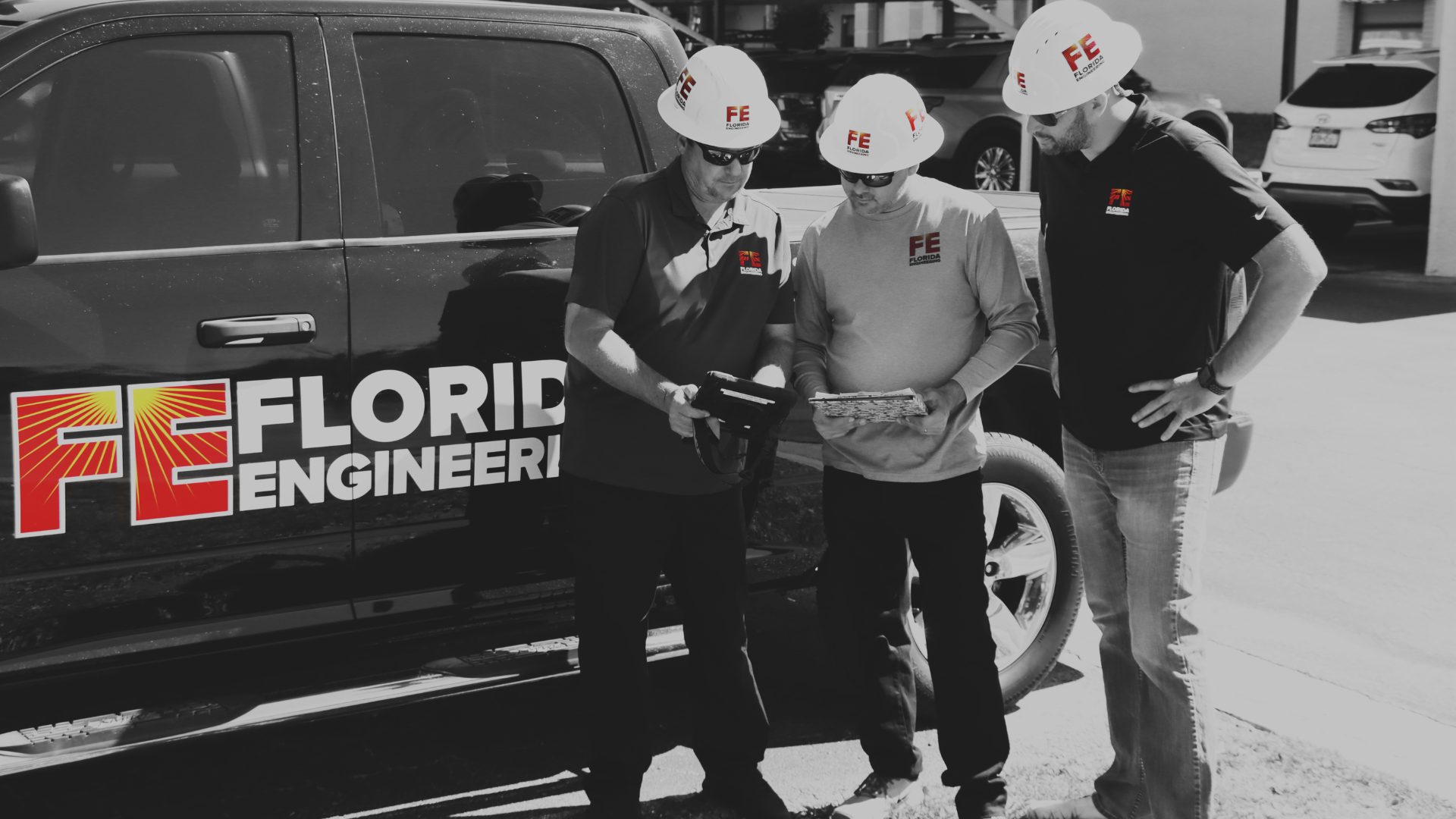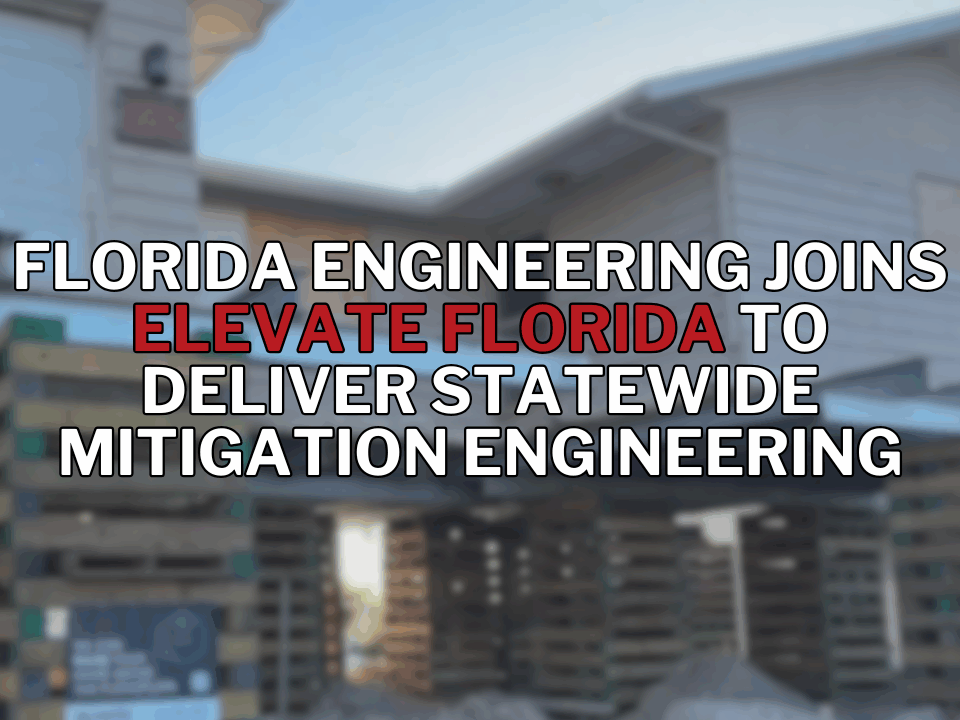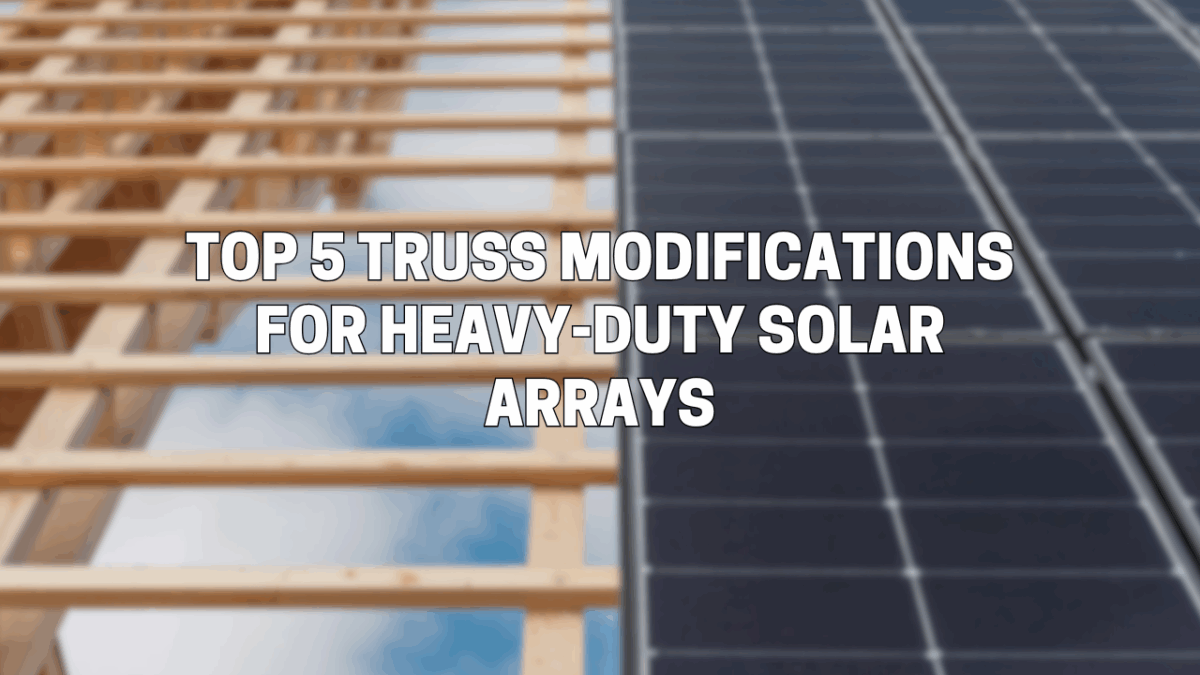Installing heavy-duty solar arrays on existing roofs often necessitates truss reinforcements to ensure structural integrity. This article delves into the top five truss modification techniques—sistering, strapping, tie-downs, blocking, and tensioning systems—that are commonly employed when existing framing is marginal.
We’ll explore how to identify weak truss conditions, discuss engineering-approved reinforcement methods, and provide a cost-benefit analysis of these retrofits.
Table of Contents
- Identifying Weak Truss Conditions
- Top 5 Truss Reinforcement Techniques
- 1. Sistering
- 2. Metal Strapping
- 3. Tie-Downs and Hurricane Clips
- 4. Blocking and Bridging
- 5. Tensioning Systems
- Cost-Benefit Analysis of Truss Retrofits
- Conclusion and Next Steps
Identifying Weak Truss Conditions
Before installing solar panels, it’s crucial to assess the existing roof structure for potential weaknesses. Key indicators include:
- Undersized Members: Trusses constructed with 2x4s on 24-inch centers may lack the necessary strength for additional loads.
- Visible Damage: Cracks, splits, or signs of water damage in truss components can compromise structural integrity.
- Deflection or Sagging: Noticeable sagging in the roofline may indicate overstressed trusses.
- Age and Design Limitations: Older trusses may not meet current building codes or be designed to accommodate additional loads like solar arrays.
Engaging a structural engineer to perform a thorough inspection can help identify these issues and recommend appropriate reinforcement strategies.
Top 5 Truss Reinforcement Techniques
1. Sistering
Sistering involves attaching additional lumber alongside existing truss members to enhance their load-bearing capacity. This method is particularly effective for strengthening weakened or undersized components.
Implementation Tips:
- Material Selection: Use lumber of the same size and grade as the existing truss members.
- Attachment: Secure the sistered member with appropriate fasteners, ensuring a tight connection to the original truss.
- Extent: The sistered member should extend beyond the damaged area to distribute loads effectively.
2. Metal Strapping
Metal strapping reinforces truss connections and helps distribute loads more evenly across the structure. This technique is especially useful for addressing uplift forces and lateral loads.
Implementation Tips:
- Placement: Install straps over joints and connections that require additional support.
- Fastening: Use manufacturer-recommended fasteners to ensure the straps are securely attached.
- Tensioning: Some applications may require pre-tensioning the straps to achieve the desired reinforcement effect.
3. Tie-Downs and Hurricane Clips
Tie-downs and hurricane clips secure trusses to the building’s top plate, enhancing resistance to uplift forces caused by wind or seismic activity.
Implementation Tips:
- Selection: Choose connectors rated for the specific loads and conditions of your region.
- Installation: Follow manufacturer guidelines for placement and fastening to ensure optimal performance.
- Inspection: Regularly inspect connectors for signs of corrosion or damage, especially in coastal areas.
4. Blocking and Bridging
Installing blocking or bridging between truss members increases lateral stability and helps distribute loads more evenly.
Implementation Tips:
- Material: Use lumber that matches the size and grade of existing truss members.
- Spacing: Install blocking at regular intervals as specified by engineering recommendations.
- Attachment: Secure blocks with appropriate fasteners to prevent movement under load.
5. Tensioning Systems
Advanced tensioning systems, such as retrofit kits with tensile members and king post assemblies, provide additional support by redistributing loads across the truss structure.
Implementation Tips:
- Design: Consult with a structural engineer to design a system tailored to your specific roof structure and load requirements.
- Installation: Follow detailed installation procedures to ensure the system functions as intended.
- Maintenance: Periodically inspect the system for tension loss or component wear.
Cost-Benefit Analysis of Truss Retrofits
When considering truss reinforcements for solar installations, it’s essential to weigh the costs against the benefits.
Costs:
- Materials: Additional lumber, metal connectors, and specialized hardware.
- Labor: Increased labor time for installation and potential need for skilled workers.
- Design and Engineering: Professional services to assess and design reinforcement strategies.
Benefits:
- Safety: Enhanced structural integrity reduces the risk of roof failure.
- Compliance: Meeting building codes and standards ensures legal compliance and potential insurance benefits.
- Longevity: Proper reinforcements can extend the lifespan of both the roof structure and the solar installation.
Investing in appropriate truss reinforcements can prevent costly repairs or replacements in the future, making it a financially sound decision for many property owners.
Conclusion and Next Steps
Ensuring your roof’s structural integrity is paramount when installing heavy-duty solar arrays. By identifying potential weaknesses and implementing appropriate reinforcement techniques—such as sistering, metal strapping, tie-downs, blocking, and tensioning systems—you can safeguard your investment and enhance the longevity of your solar installation.
For personalized assessments and professional reinforcement solutions, contact Florida Engineering LLC. Our team of experts is ready to assist you in making your solar project a success.







